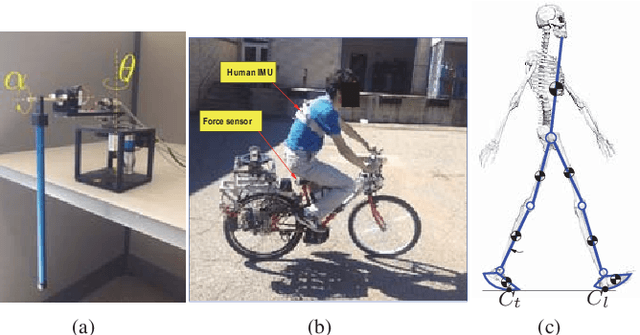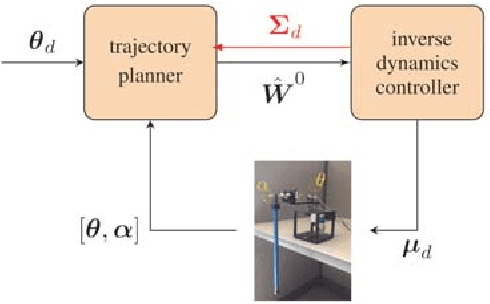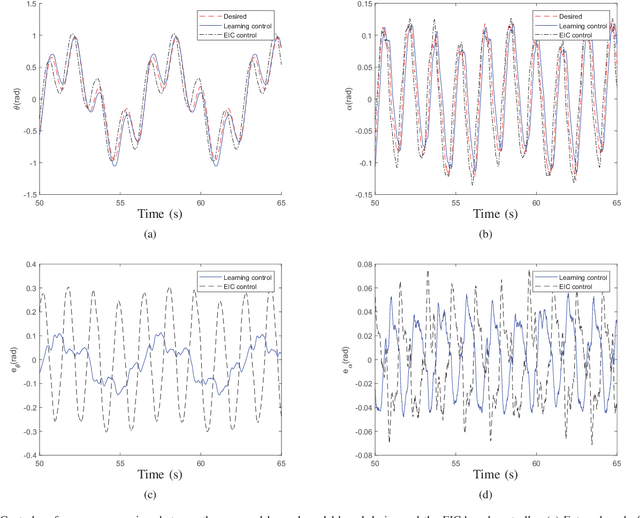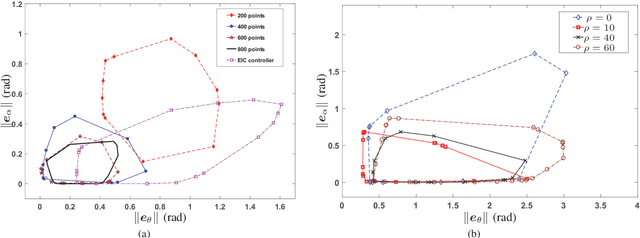Gaussian Processes Model-based Control of Underactuated Balance Robots
Paper and Code
Oct 29, 2020



Ranging from cart-pole systems and autonomous bicycles to bipedal robots, control of these underactuated balance robots aims to achieve both external (actuated) subsystem trajectory tracking and internal (unactuated) subsystem balancing tasks with limited actuation authority. This paper proposes a learning model-based control framework for underactuated balance robots. The key idea to simultaneously achieve tracking and balancing tasks is to design control strategies in slow- and fast-time scales, respectively. In slow-time scale, model predictive control (MPC) is used to generate the desired internal subsystem trajectory that encodes the external subsystem tracking performance and control input. In fast-time scale, the actual internal trajectory is stabilized to the desired internal trajectory by using an inverse dynamics controller. The coupling effects between the external and internal subsystems are captured through the planned internal trajectory profile and the dual structural properties of the robotic systems. The control design is based on Gaussian processes (GPs) regression model that are learned from experiments without need of priori knowledge about the robot dynamics nor successful balance demonstration. The GPs provide estimates of modeling uncertainties of the robotic systems and these uncertainty estimations are incorporated in the MPC design to enhance the control robustness to modeling errors. The learning-based control design is analyzed with guaranteed stability and performance. The proposed design is demonstrated by experiments on a Furuta pendulum and an autonomous bikebot.
 Add to Chrome
Add to Chrome Add to Firefox
Add to Firefox Add to Edge
Add to Edge